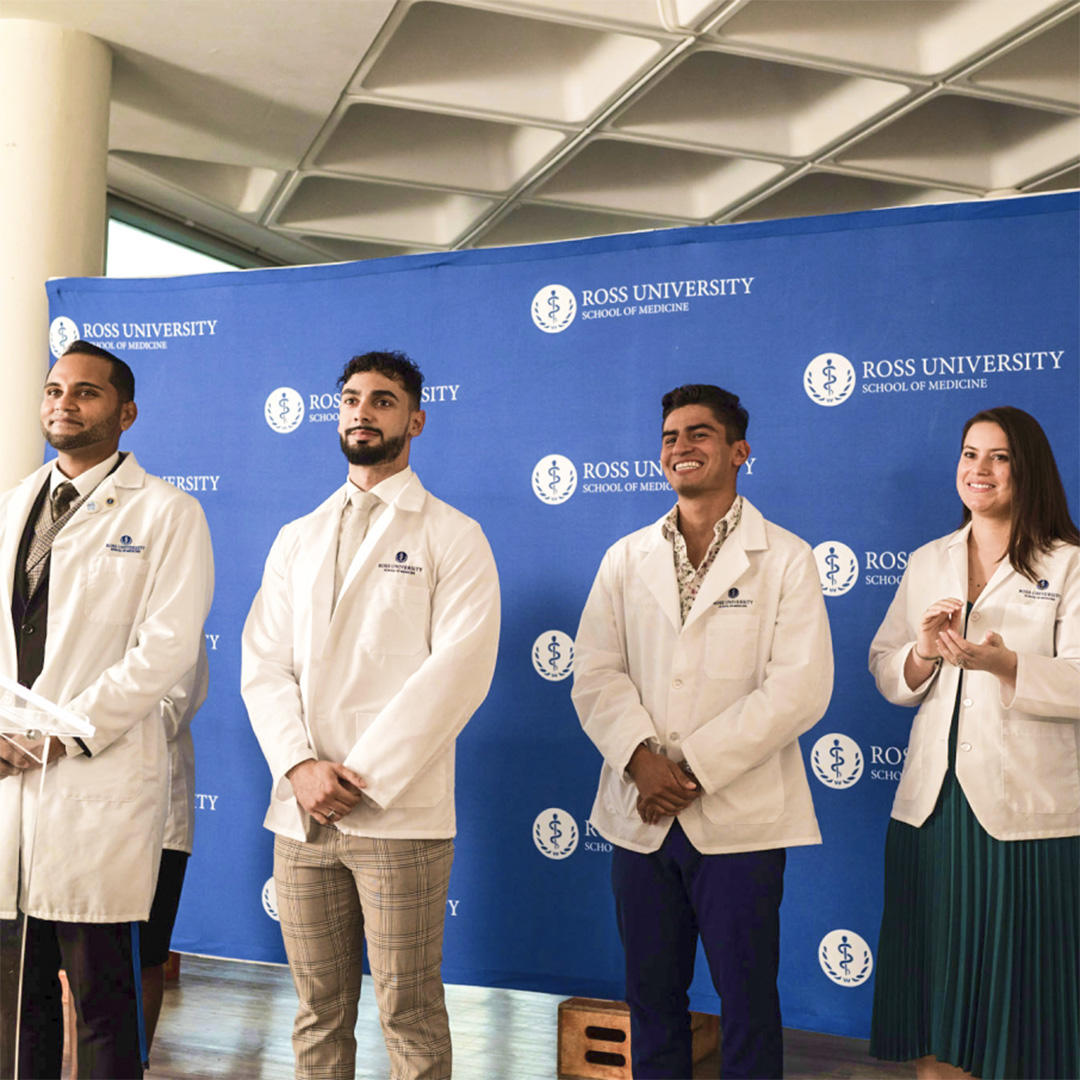Financial Aid FAQ
What Financial Aid is Available?
Financial aid is available to those who apply and qualify. Qualifying United States citizens and eligible non-citizens are eligible to receive Federal student loans through the Federal Direct Loan Program which includes the Federal Direct Unsubsidized Loan and Federal Direct Graduate PLUS Loan.
The types of Federal Direct Loans that may be available are the Federal Direct Unsubsidized Loan and Federal Direct Graduate PLUS Loan.
A U.S. citizen or national must file the FAFSA® to determine their eligibility for a Federal Direct Loan. Once the Office of Student Finance has received your FAFSA® information from the U.S. Department of Education, we will determine your eligibility for these two types of student loans (which are described in more detail below). Interest rates on federal student loans are based on the 10-year treasury note plus a set percentage established by federal law. Visit studentaid.gov/understand-aid/types/loans/interest-rates for current interest rates.
By applying for a variety of types of financial aid. The types of Federal Direct Loans that may be available are the Federal Direct Unsubsidized Loan and Federal Direct Graduate PLUS Loan. US citizens and eligible non-citizens must file the Free Application for Federal Student Aid ® (FAFSA) to determine their eligibility for a Federal Direct Loan. Once the Office of Student Finance has received your FAFSA information from the U.S. Department of Education, we will determine your eligibility for the types of student loans listed on the next page. Interest rates on federal student loans are based on the 10-year Treasury note plus a set percentage established by federal law. Visit https://studentaid.gov/understand-aid/types/loans to find current interest rates.
COA includes institutional tuition and fees as well as personal expenses related to academics.
This includes, but is not limited to: tuition, administrative fees, health insurance, books and supplies, loan fees, personal
expenses, food and housing, and transportation.
Personal expenses, transportation, and off-campus food and housing are based on the average cost of living on the island or average national costs.
Receiving and Using Your Financial Aid
The U.S. Department of Education will send your loan funds directly to the Office of Student Finance.
The loan funds will be credited to your student account to pay any outstanding balance. Any excess funds will create a credit balance in your student account, and the Office of Student Finance will process a credit balance payment to you. You may use this credit balance payment to pay for supplies, transportation, living expenses, or other personal expenses. If you expect to receive financial aid from an outside agency, such as a scholarship from a nonprofit organization, you should instruct them to send the funds to the following address:
STANDARD ADDRESS:
RUSM (Barbados) Inc.
P.O. Box 74007512
Chicago, IL 60674-7512
OVERNIGHT ADDRESS:
Bank of America
Lockbox Services
RUSM (Barbados) Inc. 7512
540 W. Madison, 4th Floor
Chicago, IL 60661
Financial aid award letters are provided upon receipt and completion of all necessary forms.
If you completed the FAFSA® and submitted all documents requested by the Office of Student Finance, you will receive your financial aid award letter and loan instructions approximately two to three weeks from the date you are admitted and your financial aid application is complete, but no earlier than three months prior to the start of the term for which you have been admitted. For example, a student who has been admitted for the spring term may receive their financial aid award letter as early as October. If you haven’t completed the FAFSA®, please do so as soon as possible at studentaid.gov/h/apply-for-aid/fafsa.
You may receive your credit balance around the start of your semester.
The tuition and fees are deducted from the loan proceeds received from the U.S. Department of Education. The excess loan proceeds are intended for supplies, food and housing, transportation, and personal expenses. The credit balance will be available around the start of your semester if all requirements are completed two weeks prior to the semester start. You can receive the credit balance via paper check or direct deposit to a U.S. bank account. You will receive an email to sign up for the direct deposit option approximately three weeks prior to the semester start. It is important to borrow only what you will need, since interest starts accruing on all loans as soon as they are disbursed. You may also return any unused portion of your credit balance to the lender within 120 days of disbursement. The lender will backdate the interest on the portion of the loan returned.
You may request an increase in your cost-of-attendance to cover the purchase of a new computer. You must submit a request in writing to the Office of Student Finance. Your request must include proof of purchase, such as a receipt or invoice that includes the purchase amount. If your request is approved, the Office of Student Finance will increase the amount of your Federal Direct Graduate PLUS Loan or alternative loan up to the full cost of your computer purchase. We cannot increase your Federal Direct Unsubsidized Loan.
Students receiving financial aid are eligible to request a voucher to purchase supplies through the online bookstore. Once the financial aid process is completed and loans are approved, please follow the steps below to request a voucher to use in the online bookstore.
- Create an account with the online bookstore and add all items you for purchase to your shopping cart.
- Take a screenshot of your shopping cart total (including shipping).
- Email the screenshot to finaid@rossu.edu, and request a supply voucher for the total amount, including shipping.
Financial Aid for Different Groups
Canadian students may be eligible for loans through the Canadian government and/or private loan programs. Please refer to the Canadian Financial Planning Guide, which is available online at medical.rossu.edu/media/9316/rusm-canadian-financial-planning, for more information. Other foreign nationals may be eligible for assistance in their country.
You may receive financial aid up to the total cost of attendance.
The cost of attendance is an estimate of a student’s educational expenses for the period of enrollment. This amount is intended to cover education-related expenses such as tuition, fees, health insurance, supplies, transportation, and other reasonable living expenses. Your total financial aid package — including
scholarships, grants, tuition waivers, federal loans, and private loans — cannot exceed this amount.
Your option sare to apply with a creditworthy endorser or appeal the decision.
The appeal process can be initiated with the U.S. Department of Education once you are informed your credit has not been approved. A Department of Education representative will contact you to advise you on the documentation needed to appeal the credit decision. If your credit cannot be repaired, you may need to add an endorser (co-signer) for the loan.
Your endorser will need to log on to studentaid.gov/endorser-addendum with their own FSA ID. If your endorser does not have an FSA ID, one can be obtained at studentaid.gov/fsa-id/sign-in/landing. The following is a link to advise you of the documents required to appeal particular adverse credit conditions: studentaid.gov/appeal-credit/demo.
It is important to review your credit report annually. You can obtain a free copy of your credit report at annualcreditreport.com.





